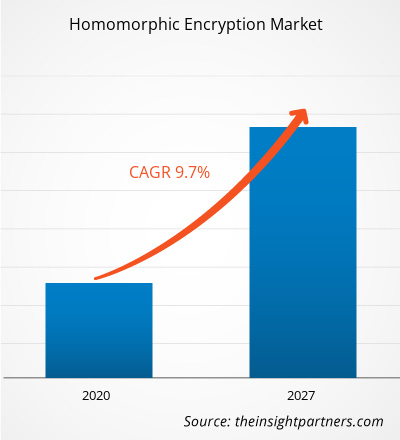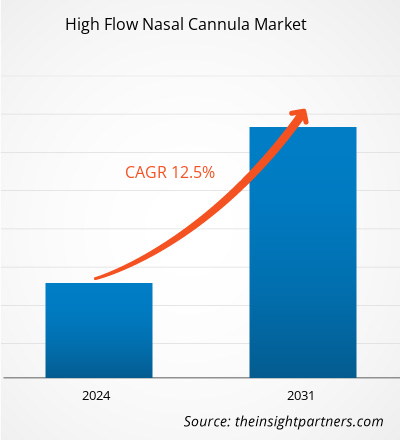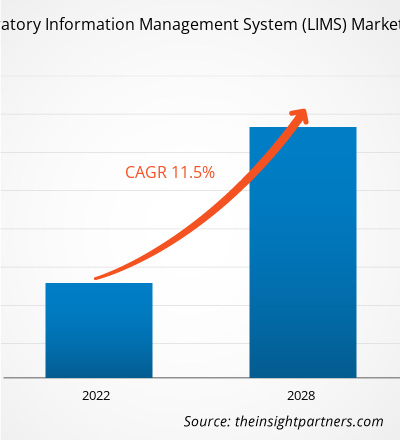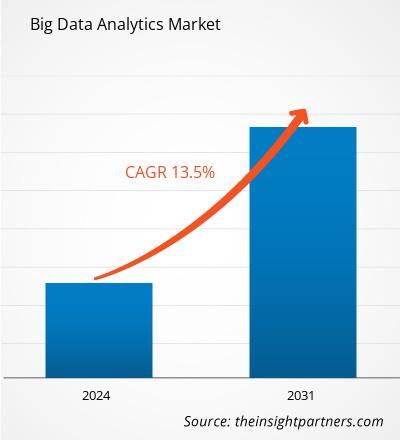High Flow Nasal Cannula Market: Revolutionizing Respiratory Care
United States of America– 23 Dec 2025- High-flow nasal cannula (HFNC) therapy delivers warmed, humidified oxygen at high flow rates through comfortable nasal prongs, offering a non-invasive alternative to traditional oxygen delivery and mechanical ventilation. This innovative approach addresses key challenges in managing respiratory distress, particularly for conditions like asthma, COPD, and acute respiratory failure. As healthcare evolves, HFNC gains traction for its patient comfort and clinical efficacy.
The high-flow nasal cannula market size is projected to reach US$ 18.5 billion by 2031 from US$ 7.2 billion in 2023. The market is expected to register a CAGR of 12.5% during 2023–2031. The growing incidence of astama and COPD across the globe, the rising geriatric population, and the growth of medical science in emerging nations are likely to remain key trends in the market.
For more info-
https://www.theinsightpartners.com/reports/high-flow-nasal-cannulamarket
Key Market Drivers
Rising global incidences of respiratory disorders propel HFNC adoption. Asthma affects millions worldwide, causing airway swelling, mucus production, wheezing, coughing, and breathlessness, while COPD emerges from smoking, air pollution, and aging lungs. The World Health Organization notes substantial asthma prevalence, and U.S. Centers for Disease Control data highlight its burden across adults and children.
Geriatric population growth amplifies demand, as older adults face heightened COPD and asthma risks, often requiring higher medication doses and facing faster respiratory failure. Senescence-related complications make HFNC vital for non-invasive support in this vulnerable group.
Emerging markets in Asia Pacific, including India and China, foster expansion through advanced healthcare penetration and medical tourism. These regions bear heavy respiratory disease burdens, with growing infrastructure supporting HFNC systems.
Download PDF Copy-
https://www.theinsightpartners.com/sample/TIPMD00002292
Technological Innovations
HFNC systems feature components like single heated tubes, nasal cannulas, oxygen blenders, humidifiers, and software for precise delivery. Single heated tubes dominate by ensuring warmed, humidified oxygen, preventing airway dryness and enhancing comfort.
Recent advancements include Fisher & Paykel's Airvo 3 with OptiO2 closed-loop oxygen targeting, integrated batteries, touchscreen interfaces, pediatric settings, and higher flow rates up to 70 liters per minute. Masimo's softFlow provides innovative pulmonary care for spontaneously breathing patients.
High Flow Nasal Cannula Market: Revolutionizing Respiratory Care
United States of America– 23 Dec 2025- High-flow nasal cannula (HFNC) therapy delivers warmed, humidified oxygen at high flow rates through comfortable nasal prongs, offering a non-invasive alternative to traditional oxygen delivery and mechanical ventilation. This innovative approach addresses key challenges in managing respiratory distress, particularly for conditions like asthma, COPD, and acute respiratory failure. As healthcare evolves, HFNC gains traction for its patient comfort and clinical efficacy.
The high-flow nasal cannula market size is projected to reach US$ 18.5 billion by 2031 from US$ 7.2 billion in 2023. The market is expected to register a CAGR of 12.5% during 2023–2031. The growing incidence of astama and COPD across the globe, the rising geriatric population, and the growth of medical science in emerging nations are likely to remain key trends in the market.
For more info- https://www.theinsightpartners.com/reports/high-flow-nasal-cannulamarket
Key Market Drivers
Rising global incidences of respiratory disorders propel HFNC adoption. Asthma affects millions worldwide, causing airway swelling, mucus production, wheezing, coughing, and breathlessness, while COPD emerges from smoking, air pollution, and aging lungs. The World Health Organization notes substantial asthma prevalence, and U.S. Centers for Disease Control data highlight its burden across adults and children.
Geriatric population growth amplifies demand, as older adults face heightened COPD and asthma risks, often requiring higher medication doses and facing faster respiratory failure. Senescence-related complications make HFNC vital for non-invasive support in this vulnerable group.
Emerging markets in Asia Pacific, including India and China, foster expansion through advanced healthcare penetration and medical tourism. These regions bear heavy respiratory disease burdens, with growing infrastructure supporting HFNC systems.
Download PDF Copy- https://www.theinsightpartners.com/sample/TIPMD00002292
Technological Innovations
HFNC systems feature components like single heated tubes, nasal cannulas, oxygen blenders, humidifiers, and software for precise delivery. Single heated tubes dominate by ensuring warmed, humidified oxygen, preventing airway dryness and enhancing comfort.
Recent advancements include Fisher & Paykel's Airvo 3 with OptiO2 closed-loop oxygen targeting, integrated batteries, touchscreen interfaces, pediatric settings, and higher flow rates up to 70 liters per minute. Masimo's softFlow provides innovative pulmonary care for spontaneously breathing patients.









